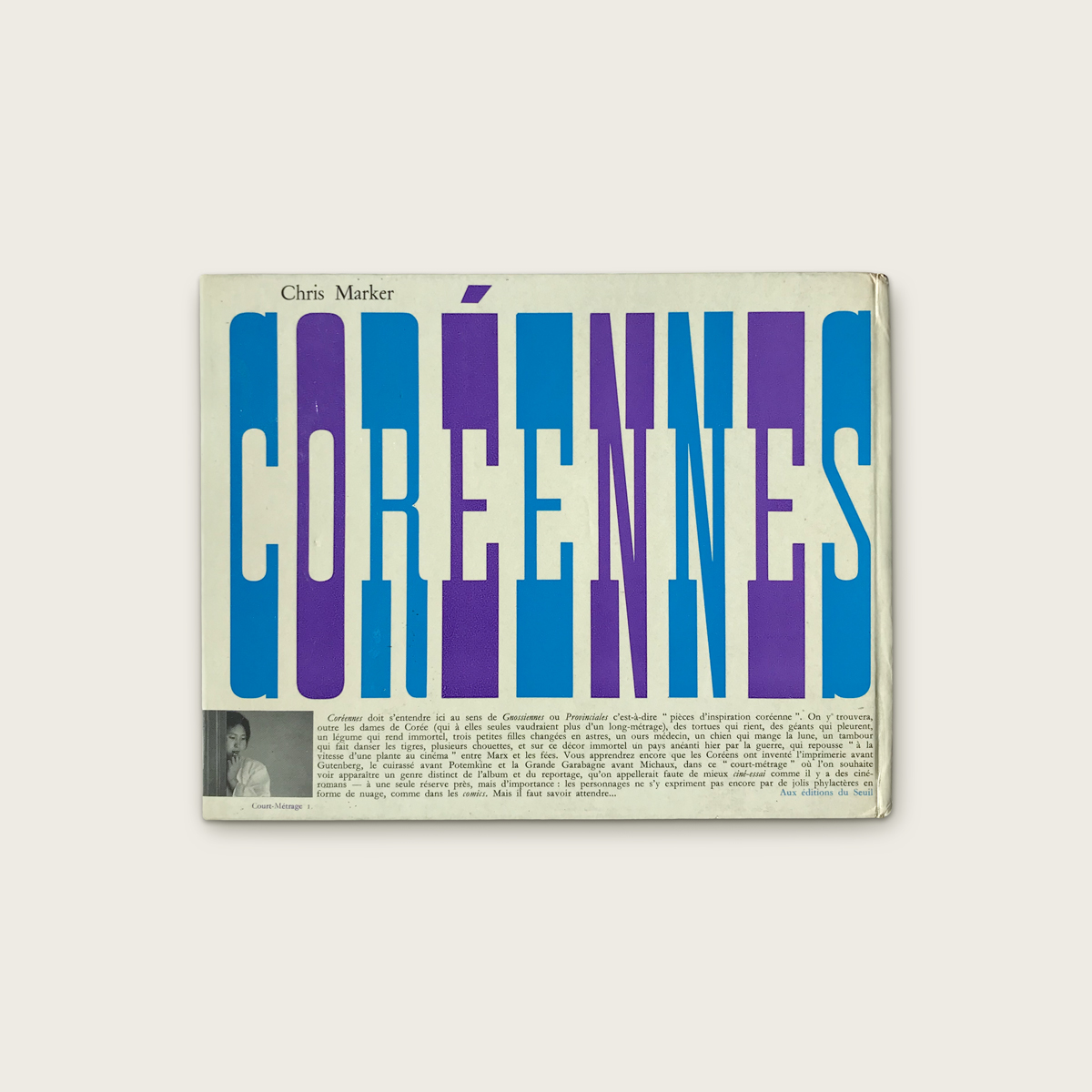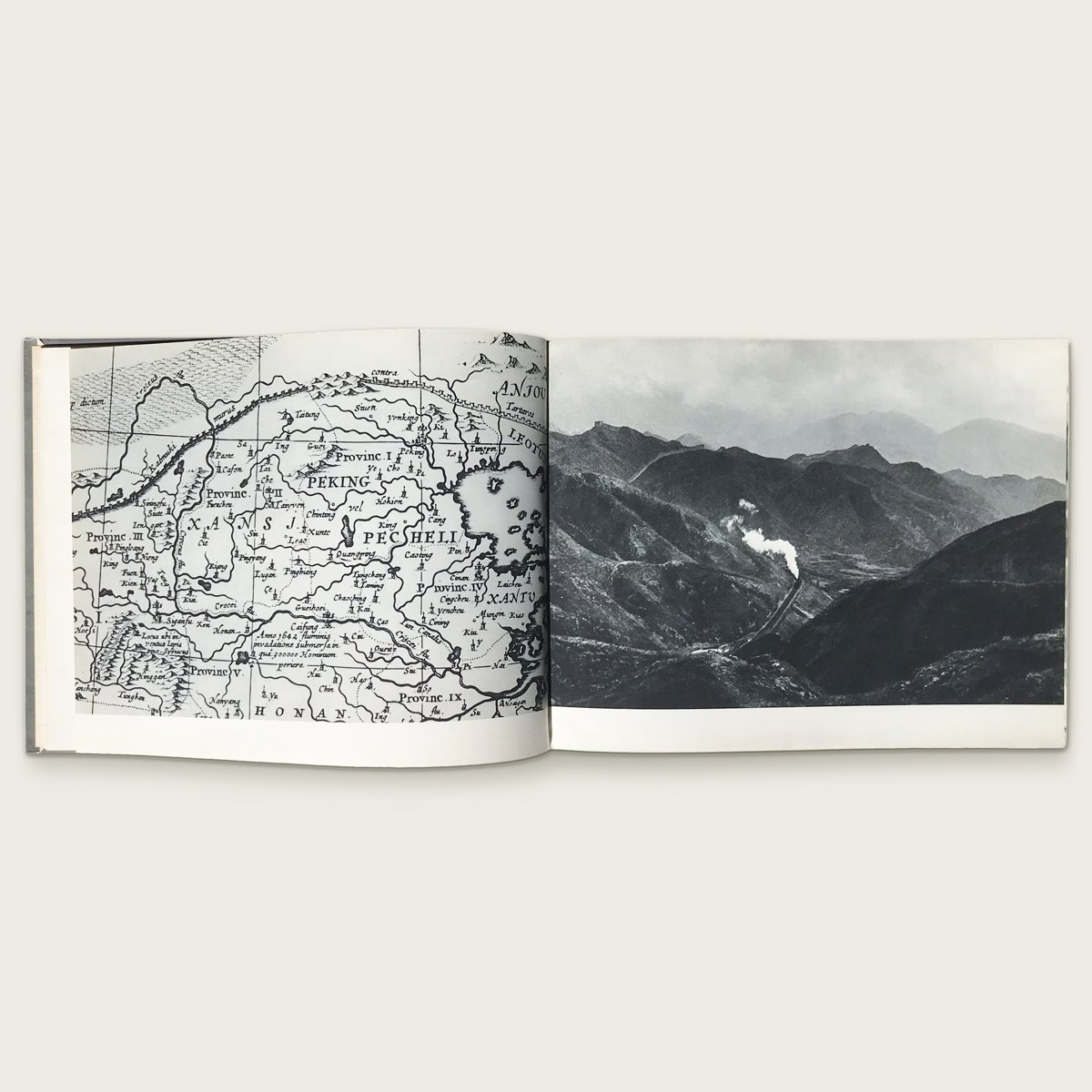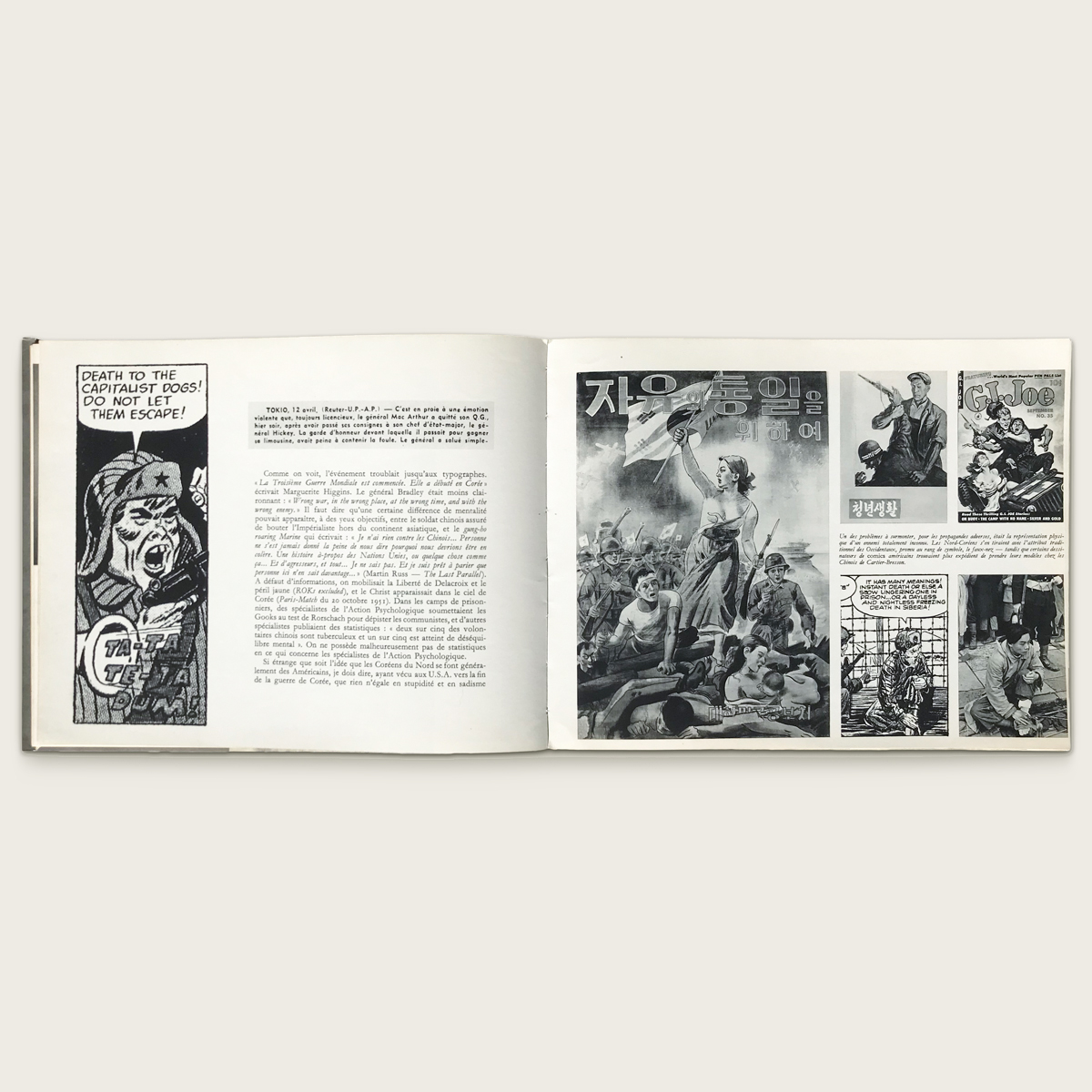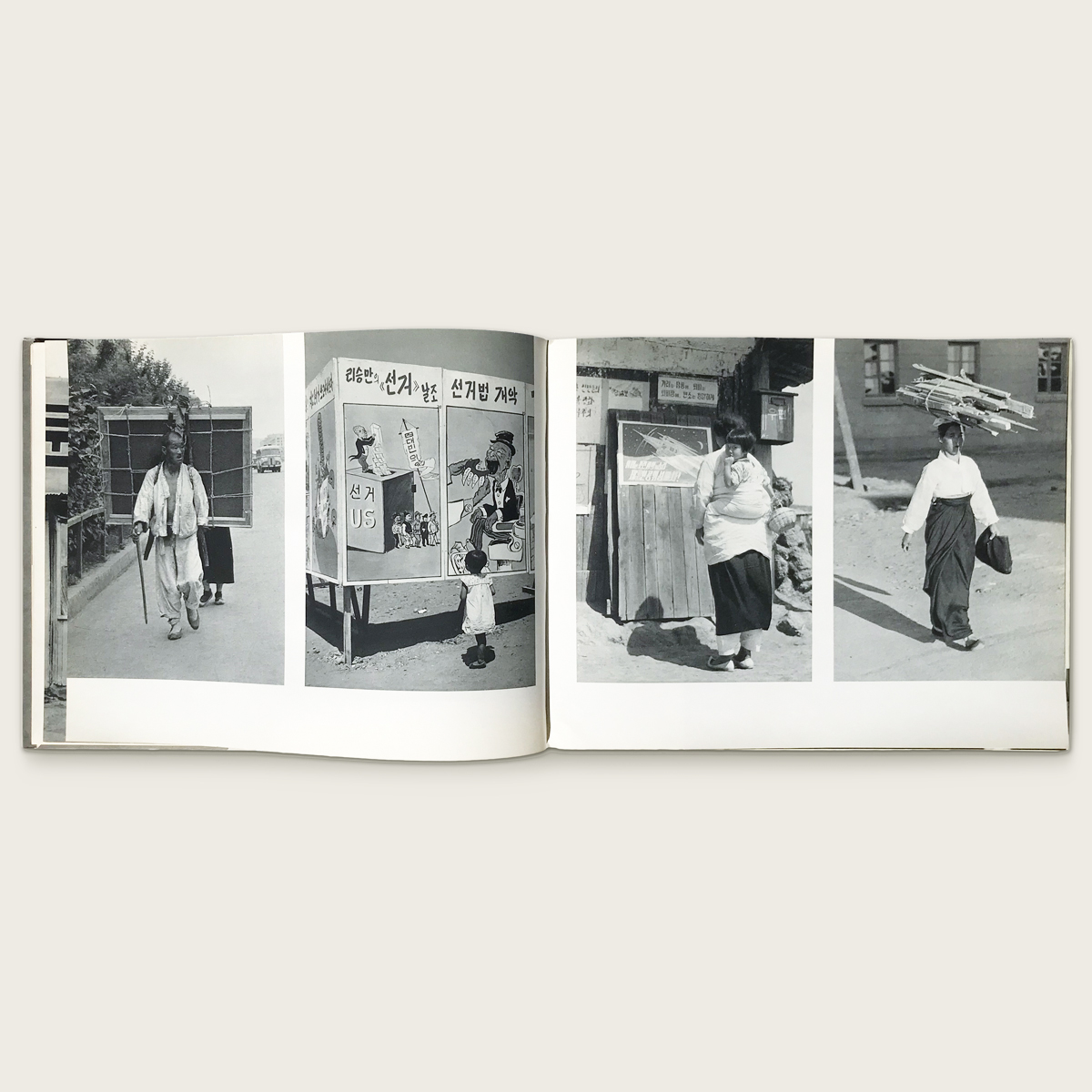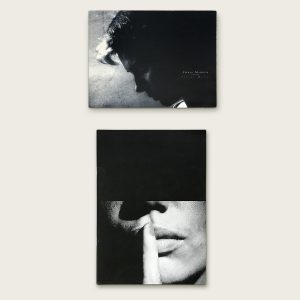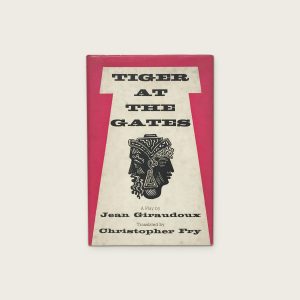Coréennes
by Chris Marker
Paris: Éditions du Seuil, 1959. First edition. Oblong 8vo (19,5x25cm), original laminated photographic boards. 146pp. Text in French. Light edgewear with two small closed tears on head and tail joint surface, not affecting the binding at all. Some light occasional toning to margins. Small stain on free rear endpaper and rear pastedown (less than 1cm). Very good.
For the first time in 1958, North Korea invited a Western delegation to visit the country after the Korean War. It was a French delegation, who was allowed to enter the county, among them were artists, such as filmmaker Claude Lanzmann, songwriter and actor-filmaker Jean-Claude Bonnardot, journalist and playwright Armand Gatti, and Chris Marker.
Only a year earlier, a similar delegation with Chris Marker and Armand Gatti had traveled to Siberia. Marker transformed his expierence into a film Letter from Siberia, and Gatti into a book Sibérie – zero + l’infini. This trip to North Korea led to a similar outcome, but this time it was Armand Gatti who returned with the film Moranbong and Chris Marker with the book Coréennes.
Coréennes is the first and only book in the Courts-Métrages [Short Films] series at Éditions du Seuil, which focuses less on the political aspect of North Korea, and more on the ordinary people. As Marker states in the end of the book, “at the end of this journey, there is human friendship. The rest is silence”.
Armand Gatti’s film Moranbong is a deeply humanist, pacifist and universal work that tells the story of two lovers separated by war and functions as a parable for an equally divided country. It is the only cinematic collaboration to date between France and North Korea and was censored in both countries. In France, the film was censored from 1959 to 1963, for attacking France’s foreign policy.
Coréennes is divided into seven chapters: 1. The Six Days; 2. The Two Orphans; 3. The Seven Wonders; 4. The Five Senses; 5. The Three Sisters; 6. The Nine Muses; 7. The Four Corners.
Chris Marker combined image and text in an absolute poetic way. Coréennes also allows a special insight into Marker’s conception of travel, which he analyses in the book. According to Marker, there are three different ways to travel; the Barnabooth way, the Ghengis Khan way, and the Plume way.
Marker himself prefers the Plume way, apart from the gentleman traveller (Barnabooth), and the conqueror (Ghengis Khan), which means submitting himself to the random events that happen to him, further “to accept in their disorder the rhythms, waves, shocks, all the buffers of memory, its meteors and its dragnets”.
Printed on the presses of Sapho printing house in Paris with cover design by the great french designer Pierre Faucheux.
Out of stock

